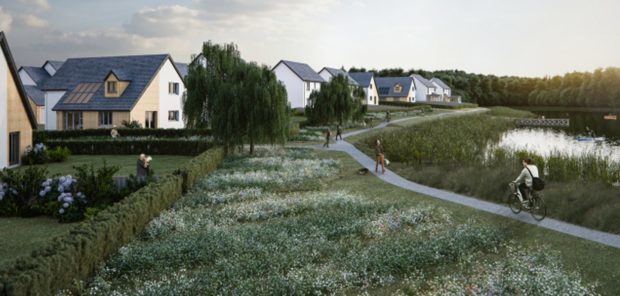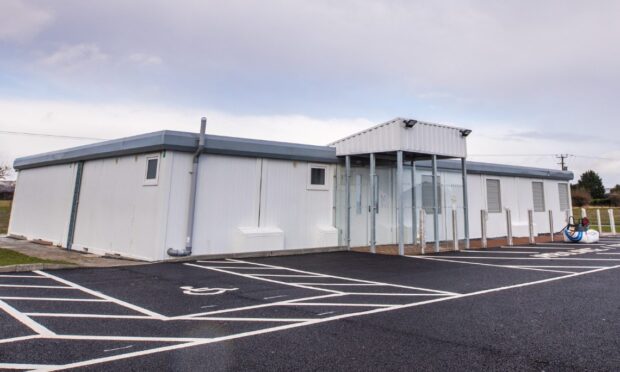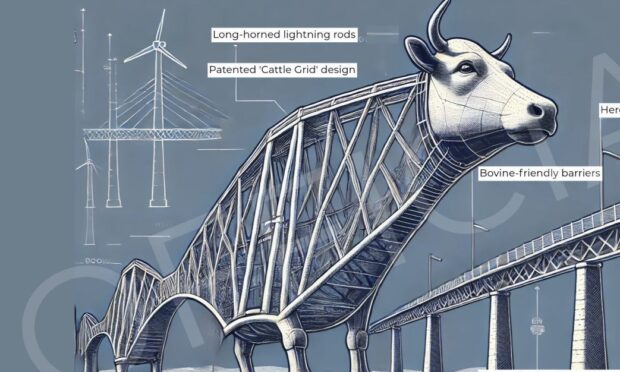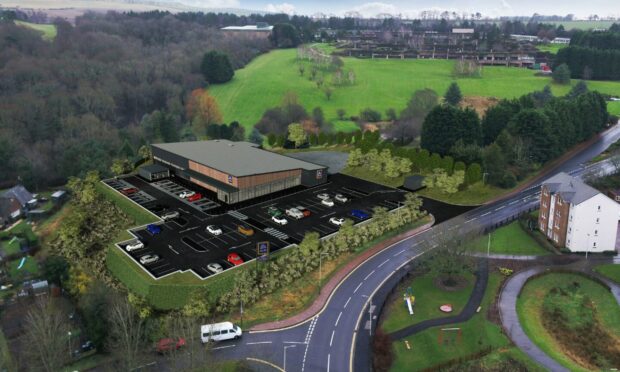Energy giant SSE has warned that removing powerlines from land earmarked for a major new Perth housing estate could cost customers more than £20 million.
The company is refusing to dismantle six pylons at Bertha Park on the northern edge of the city.
Landowners want the 822-acre site cleared to make way for a new £1 billion village with 3,000 homes, as well as retail, health services and a new secondary school.
Springfield Properties secured planning permission for the expansion last year.
Site owner Andrew Ritchie told SSE that the overhead line is “sterlising a large corridor of prime development land and is reducing the value of the adjacent land.”
Now the Perth-based power firm is preparing for a Scottish Government inquiry aimed a resolving the pylons problem once and for all. It wants officials to grant a wayleave to allow the structures to remain in place for another 50 years.
Setting out its case ahead of the hearing, Scottish Hydro Electric Transmission — the SSE department responsible for maintaining the country’s powerline network — said that the cost of moving the line underground would be around £12.5 million.
However, this doesn’t include the price of any operation to place cables under the River Almond.
And if a longer underground cable is needed to avoid Bertha Park, the cost could jump to more than £21 million.
In papers submitted to Scottish Ministers, a spokesman said: “Any alterations to the system by means of deviating or placing the lines underground will result in outages to the system, affecting the generating capability of generators in the north of Scotland and the security of supply to customers, together with
significant increased system operational costs that will be borne by the
electricity customers.”
In a statement issued on behalf of Bertha Park landowners, agents argue that SSE’s bid for a wayleave was “unjustified and unreasonable”.
A spokesman said: “The detrimental impact caused by the overhead line on the development potential of land at Bertha Park Farm and the residential amenity of the consented development and its future occupants justifies the removal of the overhead line.”
He added: “While the purpose of the line is recognised, it could be diverted or undergrounded.”
A date for an inquiry has still to be set, but the Scottish Government’s planning and environmental appeals division hopes to deliver its verdict by the end of November.










